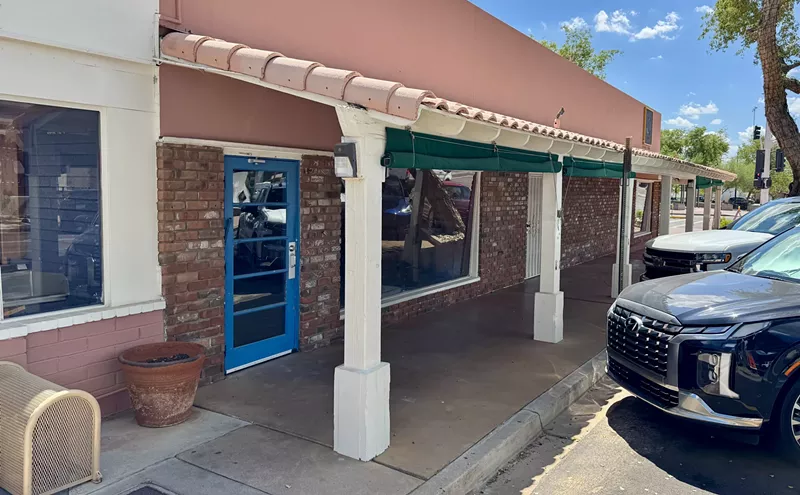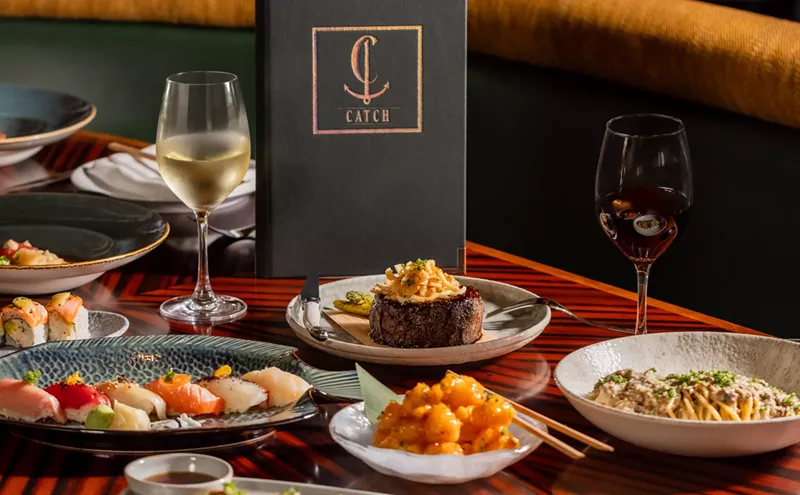One of my favorite parts of writing Last Call is getting to answer people's burning questions about booze. I'm not kidding in the intro tag up there, I truly love getting to pull the curtain back on the alchemy of bartending. This week, I opened up the mailbag and read:
What tips do you have for making a good Sidecar?
Good choice with the Sidecar, it's one of the most underrated drinks out there. The hardest part of ordering one is finding a bartender who's heard of the thing. While the Sidecar is practically the standard bearer of brandy cocktails, Americans (except grape-loving Californians who skip the Sidecar in favor of sipping brandy neat from a snifter, and for some strange reason Wisconsinites) lost their taste for brandy quite some time ago. It's poised to make a comeback; brandy is smooth and easy to drink, but has more character than boring old vodka. The Sidecar is a great place to start.
The Sidecar is ancient history in the cocktail world, possibly dating back to before World War I. It's a variant on the Daisy, a category of drinks that has remained popular even though the drinks aren't called Daisies anymore. While there is wide variation in the category, they all have a common base: A hard spirit, a sweet liqueur (most often orange), and tart citrus juice. In the case of the Sidecar, it's Cognac, triple sec, and lemon. A Lemon Drop seems worlds away from a Sidecar, but the only thing different is that a Lemon Drop uses citron vodka. And if you make it with tequila, and lime instead of lemon... What's the Spanish word for daisy?
Despite the Sidecar having only three ingredients, getting bartenders to agree on the proper proportions is almost impossible. There's more variation in Sidecar styles than there is for Martinis. Some people prefer equal parts of everything, some people like theirs very dry with four times as much brandy as anything else. The only common thread I've found is that if the amounts of each ingredient used are different, Cognac is the primary ingredient, followed by orange liqueur, with lemon juice bringing up the rear. Start with my favorite 2:1:1 starting point, and go from there to taste; I've listed a couple of other popular ratios in the variations.
Since it's a simple drink, liquor choice is key. American brandy like Korbel is OK, but the drink is much better with Cognac. Don't go throwing around expensive stuff unless you're in the mood for conspicuous consumption; VS Cognac is just fine, or VSOP if you're feeling fancy. Reach for name-brand orange liqueur. I'm especially fond of Cognac-based Grand Marnier in my Sidecars. And, of course, fresh-squeezed lemon juice is a must.
Sidecar
2 ounces brandy (preferably Cognac) 1 ounce orange liqueur 1 ounce lemon juice
Shake well with ice cubes. Strain into a chilled, sugar-rimmed cocktail glass. Garnish with a twist of lemon.
Variations: 1½ oz Cognac, 1 oz orange liqueur, and ½ oz lemon is nice. A mix of equal parts of all three ingredients is quite good, too.











